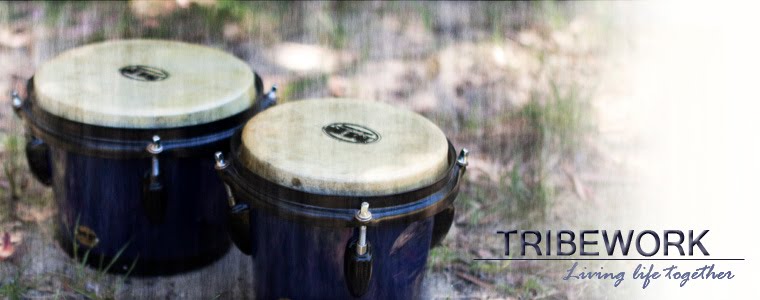“Misrepresentation is integral to crimes of
violence.”
— Nick Todd et al
Because we are sinners, we tend to
be violent—violating others in many degrees. But there is a particularly
harmful violence—which we have many names for—and it occurs in the secret
places: in the supposed safety and security of home. Because this violence tends
to be so intrinsically shaming, it goes under the radar. For many reasons both
perpetrators and victims alike can be quick to dismiss and undermine what is
actually happening.
Particularly with violence in the
home, there is a sinister misrepresentative language
at play that works in favour of the perpetrator.
The Language Which Is Problematic
There are four operations of
language that undermine and subvert violence in the home. There is the
concealing of the acts of violence, the reducing of the perpetrator’s
responsibility, the covering up of the victim’s resistance, and finally the
blaming of victims.
The abuse is justified by the
perpetrator in these ways, and therefore the cycle of violence continues. The
perpetrator is made to look better than they are, whilst the victim is made out
as part of the problem. Let’s get one thing straight, the victim is never a contributing part of the problem.
It is clear in terms of violence
within the home that it should be called for what it is.
Language Which Is Response-Focused
An approach to family violence
which meets the problem head-on counters the language above in four ways:
1.
The violence
is exposed for what it is; it is not
concealed.
2.
The
perpetrator’s responsibility is clarified; the perpetrator’s behaviour is not
normalised, justified, or made “okay.”
3.
The
victim’s story is explored and their responses are honoured; their story is not undermined.
4.
And any
blaming of the victim is hotly contested; there is nothing wrong in the
victim’s behaviour.
In each of these four areas there
has been a transition from the focus on treating the effects of the violence to
honouring the responses of victims.
Survivors of family violence ought
to be honoured for their responses out of the hellish situations they have
dealt with. Family violence should be exposed and called for what it is.
© 2012 S. J. Wickham.
General Reference: Todd, N. & Wade. A. (2004). Coming to terms with violence
and resistance: From a language of effects to a language of responses. In T.
Strong and D. Paré (Eds.) Furthering
Talk: Advances In Discursive Therapies. New York: Kluwer Academic/Plenum. pp.
145-61. Because this article uses the terminology “perpetrator” and “victim,” I
have stayed with that and not called the victim a “survivor.” But I do advocate
the name survivor.


No comments:
Post a Comment
Note: Only a member of this blog may post a comment.